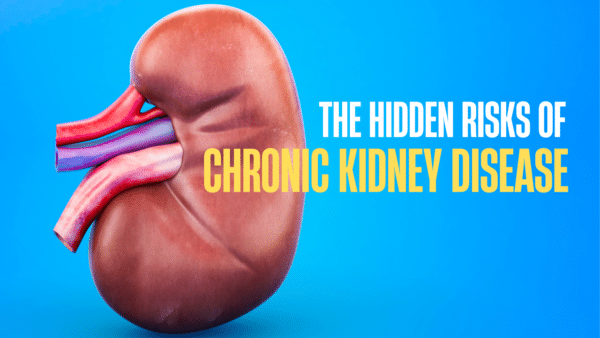Most people don’t think about their cholesterol levels until a doctor orders a lipid panel for them. There are no symptoms of having high cholesterol. That’s how you can go from living your life normally one day and having your whole world turned upside down the next. If your lipid panel results come back high, what do you do? Heck, what does these numbers even mean? And while we’re at it, what’s a lipid anyway?
Let’s take that last one first. Lipids are fat-like substances found in your blood and body tissues. You need them in order for your body to function at all. There are several types of lipids in our bodies. While they are usually used as a substitution for the word fats, the strict definition is a substance (like fat, oil or wax) that can dissolve in alcohol, but not in water. Cholesterol and triglycerides are considered lipids, but so are fatty acids and steroids.
For a long time, cholesterol was considered just one thing. Then, it was broken down into “good” cholesterol, which is really HDL, which stands for High Density Lipoprotein and “bad” cholesterol, which is really LDL, which stands for Low Density Lipoprotein. Cholesterol as a whole is not bad. Part of why there are diets that recommend avoiding cholesterol in your foods is because our livers actually make all the cholesterol we need to build cells. So, whatever cholesterol our bodies get from food is above and beyond what we need.
How To Read Your Lipid Panel Results
After you get tested, you’ll get your results back in a couple of days. You’ll see a lot of numbers next to a lot of capitalized letters. What does it all mean?
1. Overall Cholesterol Level
Normal levels vary according to our age, so look at this number through that lens. According to the Cleveland Clinic, if you’re under 20, you want the number to be between 75-169 mg/dl as the desired level. People over 21 want to see 100-199 mg/dl. Borderline high cholesterol levels are 200-239 mg/dl and any number higher than 240 mg/dl is too high.
2. LDL Level
As you already know, this is the “bad” cholesterol. The lower the number here, the better off you are. Like with the overall number, there are levels to look for depending on your risk factors for heart disease. If you are considered low risk, you want to see a number under 130 mg/dl. If you are at high risk for cardiovascular disease, your level needs to be under 100 mg/dl. Those of you at very high risk want to see a level of less than 70 mg/dl. The risk factors hinge on things like family medical history, weight, etc. If you’re unsure, consult with a cardiologist.
3. HDL Level
HDL is the cholesterol you want to have. In contrast to LDL levels, here you want to see a higher number. The larger the number, the less likely you are to have heart disease. The desired level is 40 mg/dl and higher.
4. Triglycerides Level
Triglycerides are excess calories that are stored in fat cells to use for energy later, between meals. You can have high triglycerides with liver disease, thyroid disease or if you’re simply overweight. If you see a number of 150 mg/dl or higher, that’s too high! You have to find out why.
5. VLDL Level
Not all lipid panels have this test, so don’t freak out if you don’t see this result on your test. We, of course, include it in our lipid panel results. VLDL stands for Very Low Density Lipoprotein. It is considered one of the “bad” cholesterols. It’s not measured directly, but is generally estimated as ⅕ of the triglycerides level. If you don’t want to do the math, normal VLDL levels range from 5-40 mg/dl.
Now that you know what to look for, what do you do if your levels are not where they should be? The good news is you CAN do something.
To lower the numbers you want lowered, try the following:
- Quit smoking tobacco and limit how much alcohol you drink
- Avoid high-fat and high sodium foods
- Eat more vegetables, fruits, whole-grain products and nuts
- Exercise regularly – the goal is 150 minutes of moderate aerobic activity a week
- Lose weight
There are even some foods that help lower LDL cholesterol levels. To learn more about cholesterol, try taking our video quiz. Just for you guys, we’ll give you one of the answers right now. You should get a lipid panel every 4 to 6 years, if you’re an adult 20 years or older, unless your doctor tells you otherwise (usually because your cardiac risk factors are high). If you haven’t gotten your lipid panel results because you let the testing slide, click here and get the process started.

